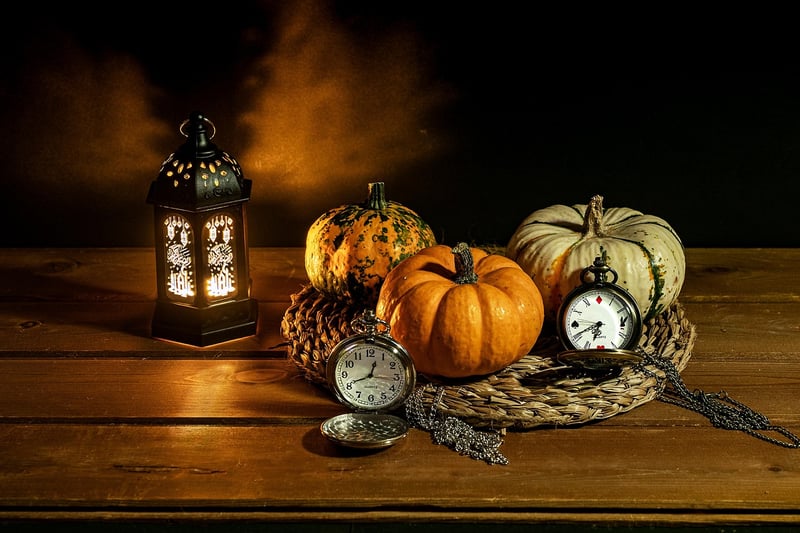Subtle Communication
The Art of Subtle Communication
Communication is a fundamental aspect of human interaction, allowing us to convey thoughts, feelings, and ideas. While direct communication is often necessary, there is an art to subtle communication that can be equally powerful. Subtlety in communication involves conveying messages indirectly, through gestures, body language, tone of voice, and even silence.
The Power of Subtle Communication
Subtle communication can be more effective than direct communication in certain situations. It allows for nuances and subtleties that direct words may not capture. Subtle cues can convey empathy, understanding, and emotional support without the need for explicit statements.
Practicing Subtle Communication
Here are some ways to enhance your subtle communication skills:
- Pay attention to body language: Notice the nonverbal cues of others and be mindful of your own body language.
- Listen actively: Sometimes, silence and attentive listening can speak volumes.
- Use facial expressions: A smile, a raised eyebrow, or a frown can convey a lot without words.
- Employ empathy: Put yourself in the other person's shoes and respond with understanding and compassion.
Benefits of Subtle Communication
Mastering the art of subtle communication can have several advantages:
- Builds trust and rapport
- Enhances emotional intelligence
- Resolves conflicts peacefully
- Creates a positive and harmonious environment
Conclusion
While direct communication is essential, mastering the art of subtle communication can take your interpersonal skills to the next level. Practice being more observant of nonverbal cues, listening actively, and responding with empathy to become a more effective and nuanced communicator.

